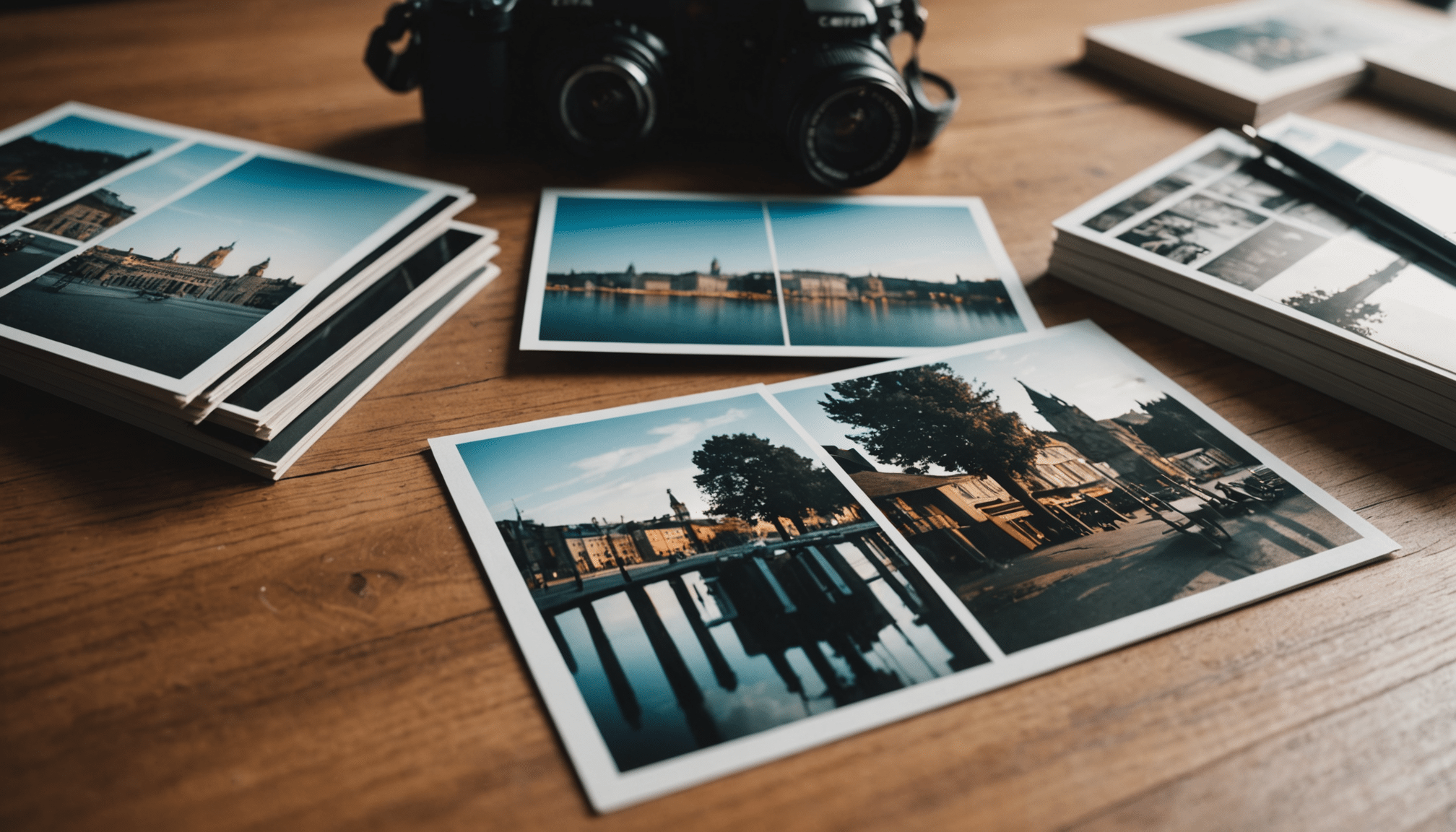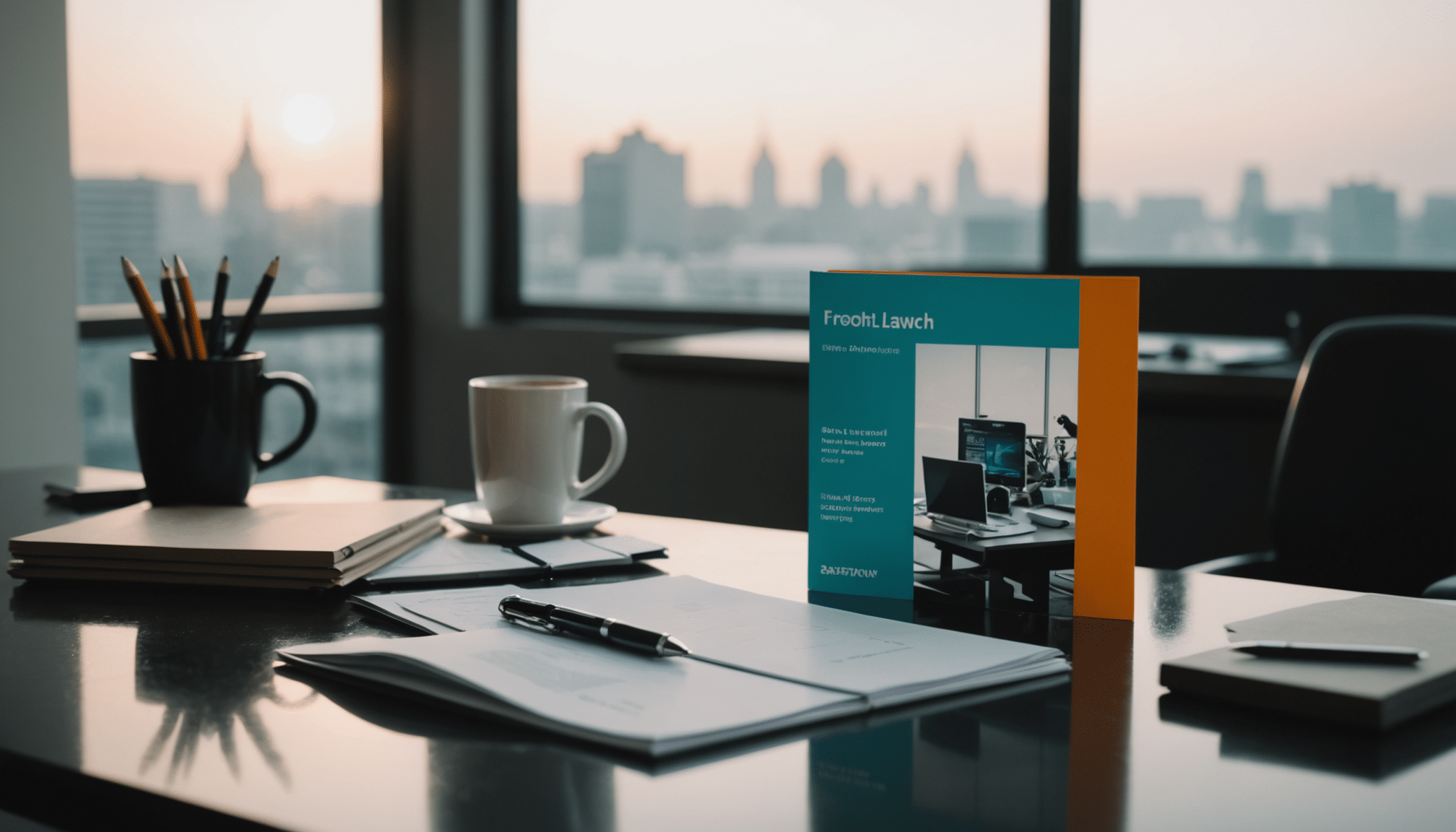
Glossy vs Matte: What’s the Difference Between Matte and Glossy Paper?
Discover the REAL DIFFERENCE BETWEEN MATTE AND GLOSSY paper. From GLOSSY FINISH to MATTE PHOTO prints—learn which suits your PHOTO PRINTS, projects, and preferences best.
Last Updated on 06/10/2025
Choosing between matte and glossy paper depends on what you want to print and how you want it to look. This guide explains the difference between matte and glossy finishes, helping you decide which type of paper is best for your photos, presentations, or prints based on texture, appearance and use case.
What’s the difference between matte and glossy paper?
Matte paper has a smooth, non-reflective surface ideal for readability and reduced glare. Glossy paper features a shiny finish that enhances colour and sharpness, but shows fingerprints easily. Choose matte for text-heavy prints or glare-free displays, and glossy for vibrant photo prints or high-impact visuals.
Key Things to Consider When Choosing
- Glossy paper enhances colour vibrancy and contrast, perfect for photography.
- Matte finishes reduce glare and are ideal for readability and text documents.
- Fingerprint resistance is better on matte, especially for frequent handling.
- Lighting conditions can affect visibility—glossy reflects, matte absorbs.
- Durability varies; matte often handles scratches and smudges better.
- Paper usage matters—choose based on display, reading, or marketing needs.
- Finish preference shapes the overall look and feel of your print.

Glossy Finish vs Matte Paper
Glossy paper brings the drama—think bold colours, sharp contrast, and a shiny surface that screams, “Look at me!” It’s the go-to for vibrant photo paper with a glossy finish that pops in albums or under glass. However, it also tends to attract fingerprints faster than free cake in the break room. So while glossy has star quality, it can be a high-maintenance diva.
On the other side of the spectrum, matte paper offers a soft, non-reflective surface with a smoother feel and more muted colours. It’s ideal for professional settings, long reading sessions, and printing text-heavy documents. The matte finish reduces glare, making it easier on the eyes—especially under strong lighting or when used for everyday coated paper tasks.
So what’s the difference between glossy and matte? Glossy finish delivers vibrant impact with a high-shine look, perfect for photos and marketing materials. Matte finish tones things down with elegance and legibility. Whether you’re printing a stunning landscape or your monthly budget, choosing the right paper affects both look and feel.
Best Uses: Matte or Glossy?
If you’re printing photo prints to frame or display, glossy paper often wins. It makes colours pop, enhances contrast, and adds depth to images—ideal for photography with lots of detail or outdoor light. Think travel shots, wedding albums, and anything where bold impact matters. For a high-gloss optics experience, glossy is hard to beat.
Meanwhile, matte paper is the unsung hero for reading comfort and elegant texture. It’s great for business documents, formal invites, and prints that will be handled often. The matte finish hides fingerprints and smudges, and works better under bright lights or fluorescent bulbs. It’s perfect for those who want a professional look with minimal fuss.
Between matte and glossy, think about usage. Will it hang on a wall? Sit in a binder? Travel in a backpack? Each surface suits a different purpose. A glossy photo paper print will grab attention, while a matte photo gives a soft, subtle aesthetic—less sparkle, more substance.
How to Choose Between Matte and Glossy
Start with purpose: are you printing for display, reading, or handling? For art and photographs where colour matters, glossy print options will often outperform matte in vibrancy. But if you’re worried about glare or smudging, a matte photo finish might be the wiser choice. Lighting plays a role too—glossy reflects, matte absorbs.
Next, think about the tactile experience. Do you want something sleek and shiny or smooth and understated? Fingerprints are the enemy of the glossy photo enthusiast. Meanwhile, matte gives you a fingerprint-resistant surface perfect for frequent flipping or annotations with a pen. It’s a practical choice for everyday paper use.
Finally, look at preference. If you’re framing prints, you might want to avoid the glare that comes with gloss. If you’re designing marketing material, glossy paper can help images stand out. For a middle ground, satin finishes exist—but when it’s down to glossy or matte, the answer lies in your intent and the paper’s end environment.
Durability of Photo Finishes
Durability often gets ignored in the glossy vs matte photo debate—but it matters. A glossy photo finish might shine bright today but could be more prone to scratches, glare, and visible smudging over time. Especially in high-touch areas or humid conditions, glossy paper may wear quicker than you’d expect.
Matte photo paper holds up well in the long run. It doesn’t show fingerprints easily, and it resists glare that could obscure image quality. That makes it ideal for displays exposed to changing light or public environments. If you want photo prints that won’t scream “handle with gloves,” matte prints are a safe bet.
Also consider exposure: will your print face sunlight, artificial light, or be tucked away in an album? Matte and glossy finishes each react differently. Understanding which type of paper suits long-term use helps you choose wisely. If you’re investing in lasting photographic paper, it pays to think beyond surface looks.
| Feature | Glossy Paper | Matte Paper |
|---|---|---|
| Finish | Shiny, reflective surface with high colour vibrancy | Smooth, non-reflective surface with muted tones |
| Glare | Can produce glare under bright lighting | Reduces glare, easier to read in any light |
| Fingerprint Resistance | Prone to fingerprints and smudges | Hides fingerprints, better for frequent handling |
| Best For | Photos, marketing materials, colourful images | Text documents, professional prints, reading comfort |
| Durability | Can scratch or smudge over time | More resistant to wear and exposure |
Conclusion
Whether you prefer the sharp vibrancy of a glossy finish or the understated clarity of matte paper, the right choice depends on your specific needs. From photo prints to office documents, each paper type adds a unique look and feel to your work.
At Viking, we’re committed to helping you create a productive, cost-effective, and visually impressive workspace. With our broad selection of glossy and matte paper options, you’ll find the perfect match for every project—big or small, bright or refined.
Frequently Asked Questions
Which is better for photo prints, matte or glossy?
Glossy photo paper is often preferred for photo prints due to its high shine and colour vibrancy. It enhances contrast and makes images look sharp and vivid. However, matte photo paper offers a soft, glare-free look and is better for prints that will be handled frequently or viewed under bright lighting.
Does glossy paper show fingerprints more than matte?
Yes, glossy paper is more prone to showing fingerprints and smudging, especially on glossy photo finishes. Its shiny coating attracts oils and marks easily. In contrast, matte paper has a more textured surface, making it better at hiding fingerprints and ideal for documents or prints that will be touched often.
Is matte paper better for presentations?
Matte paper is often a better choice for presentations, especially when readability and low glare are important. It provides a smooth, elegant surface that doesn’t reflect light, making text easier to read. It’s also ideal for handwriting with a pen and prevents smudging during preparation or presentation.
How do lighting conditions affect matte and glossy paper?
Lighting has a big impact on how matte and glossy paper look. Under bright or direct lighting, glossy finishes can produce glare that makes content hard to see. Matte paper diffuses light, offering a more consistent appearance. If exposure to varied lighting is expected, matte may offer better viewing comfort and clarity.







